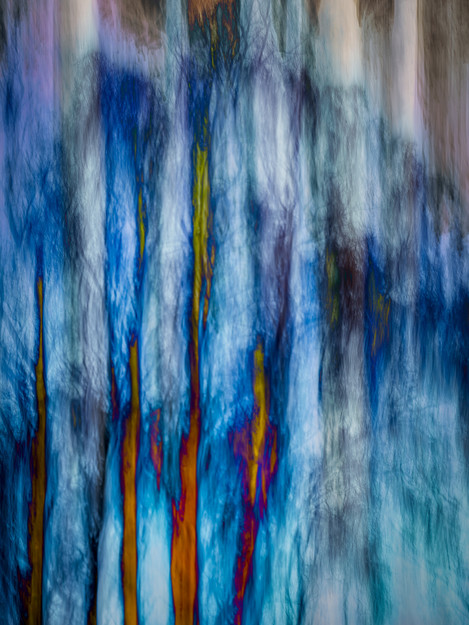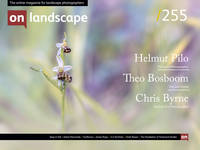Or… go bananas!

Adam Pierzchala
Now retired, I have more time to enjoy being out with my camera looking for scenes and subjects that pique my interest, especially coastal, woodland and close-ups. Although I still have several rolls of 35mm and MF film in my freezer, I shoot almost exclusively digital now
Love it or hate it, it’s here to stay and it’s a legitimate form of photographic art. And what is this “it”? ICM – Intentional Camera Movement. Undoubtedly results can seem repetitive and just like with conventional photography, because it has become popular among so many photographers, getting something original is becoming really difficult.
In this article, I will look mainly at ICM i.e. deliberately moving the camera during a single exposure, but also at multi-exposure in one frame, in-camera layering of two or more separate images and combinations of all these techniques. In other words, using the camera in a way not really intended by the manufacturer, though some models do allow multi-exposures and in-camera layering.

A genuine accident of processing! The image started as a simple vertical pan (on-tripod) but in post processing I somehow slipped the mouse when adjusting the curve which produced this bizarre colour-shift result.
ICM is nothing new, even back in the days of those flexible sensors known as film, photographers were deliberately creating blurry pictures to give an impression of motion.

